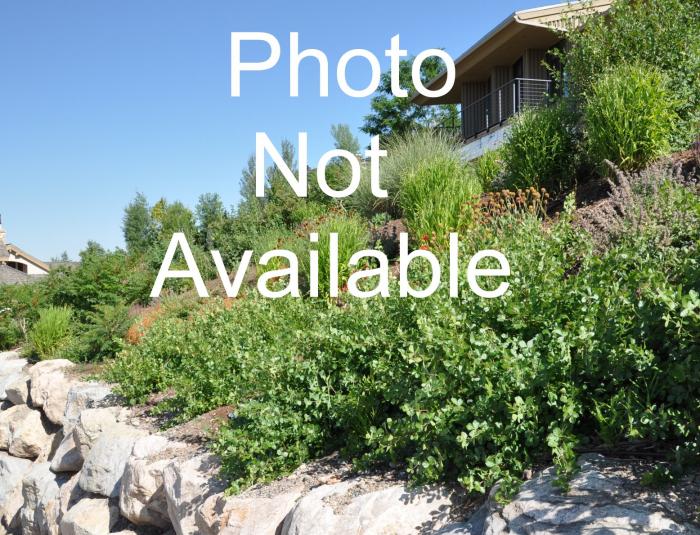| Botanical Name: Penstemon palmeri | |
| Common Name: Palmer Penstemon |

-
Anatomy
-
Culture
-
Design
Plant Type
Perennial
Height Range
3-6'
Flower Color
Pink
Flower Season
Summer
Leaf Color
Grey Green
Bark Color
n/a
Fruit Color
n/a
Fruit Season
n/a
Sun
Full
Water
Very Low
Growth Rate
Moderate
Soil Type
Sandy, Rocky
Soil Condition
Average, Poor, Well-drained, Dry
Soil pH
Neutral, Basic
Adverse Factors
Attracts Bees
Design Styles
English Cottage, Meadow, Mediterranean, Ranch, Spanish, Native Garden
Accenting Features
Fragrance, Showy Flowers
Seasonal Interest
Summer
Location Uses
Perennial Border, Walls / Fences, With Rocks
Special Uses
Cut Flowers, Naturalizing
Attracts Wildlife
Hummingbirds
Information by: Stephanie Duer
Photographer: Susan Frommer
Photographer: Susan Frommer
-
Description
-
Notes
A standout for many reasons, Palmer penstemon may also be the tallest penstemon, reaching 4 to 5 feet tall and 2 to 3 feet wide. It is also one of the few penstemons that are fragrant. Its foliage is gray green and thickish; flowers are pale pink and bloom in early to mid summer. Bumblebees will practically get lost getting pollen out of these flowers! A very xeric plant, it tolerates a lot of sun and heat, but not a lot of moisture. Hummingbirds love it; deer and rabbits tend to leave it be. A Utah native.
Plant in full sun in well drained soil; preferring dry, loose, gravelly and sandy-loam soils. Provide a crushed gravel mulch. Do not over-head water, but if supplemental water is necessary, use a drip method. Does not require watering on establishment.